Every year, as Eid-ul-Adha approaches, familiar scenes unfold across neighborhoods and communities. Youngsters and adults alike lovingly name their goats and cows, adorn them with garlands, and lavish them with extra fodder. Streets transform into lively runways for “livestock fashion shows,” while children eagerly take on the role of mini farm managers, bustling with excitement.
Before Eid, the usual scene unfolds as people bring their newly bought cows home amid cheers and excitement. Onlookers gather around, admiring the animals and eagerly asking the familiar question, “Bhai, dam koto?” (Brother, how much did you pay?). This lively curiosity and friendly banter add to the festive atmosphere, making the arrival of each cow a small celebration in neighborhoods across Bangladesh.
Eid-ul-Adha commemorates a profound story—the unwavering faith and obedience of Prophet Ibrahim (AS), who was willing to sacrifice his beloved son in submission to divine command. This story is not just a ritual; it’s a lesson in trust, faith, and complete surrender. It calls on us to develop a sincere bond with the sacrifice we make, a connection that goes beyond appearances.
Unfortunately, in recent times, the spirit of Eid-ul-Adha often seems overshadowed by superficial displays. The focus shifts to whose animal is bigger, whose decorations are flashier, or who hosts the most extravagant feast. The celebration becomes a competition, a parade that risks diluting the solemnity of sacrifice into mere spectacle.
This is not about condemning joy or expression; sharing happiness is natural and valuable. But it is essential to pause and ask: Are we truly embracing the essence of Eid-ul-Adha? Are we honoring the sacrifice in a way that moves our hearts and souls?
In today’s digital age, moments often feel incomplete without being shared online. The urge to capture and post every detail can distract from living the moment fully. Yet, the call is not to abandon phones or photos but to strike a balance—celebrating with intention and remembering why we sacrifice.
True meaning lies beneath the surface—in compassion, humility, and faith. Eid-ul-Adha invites us to reflect deeply: to wake up with sincere prayer, to see the sacrifice not just as an act of slaughter but as a symbol of letting go for a cause greater than ourselves.
This year, let the sacrifice be more than a routine. Let it inspire us to give generously—not only to those we know but especially to those in need without seeking recognition. Good deeds are acts of pure love, not opportunities for applause or social media praise.
Sacrifice is not only about animals; it’s about self-transformation. It means letting go of ego, forgiving silently, offering love and time where it is most needed, and being humble enough to say “I’m sorry.” These invisible sacrifices matter deeply, shaping our character beyond any hashtag.
Eid-ul-Adha, despite its messiness—the lingering smells, family debates over favorite dishes, and the chaotic, smoky barbecues—is a festival of connection. It is about coming together with family, reconnecting with our Creator, and, importantly, finding peace within ourselves.
There is no need to choose between tradition and modernity. Capture those joyful moments, but also embrace conversations that remind us of Eid’s true significance. Light the barbecue and light your heart with prayer. Celebrate fully, but with intention.
This Eid-ul-Adha, let us post less and live more. Let kindness, heartfelt prayers, and sincere smiles become the true markers of our celebration. When faith and joy walk hand in hand, Eid truly shines—transforming a yearly ritual into a meaningful journey of sacrifice, love, and connection.


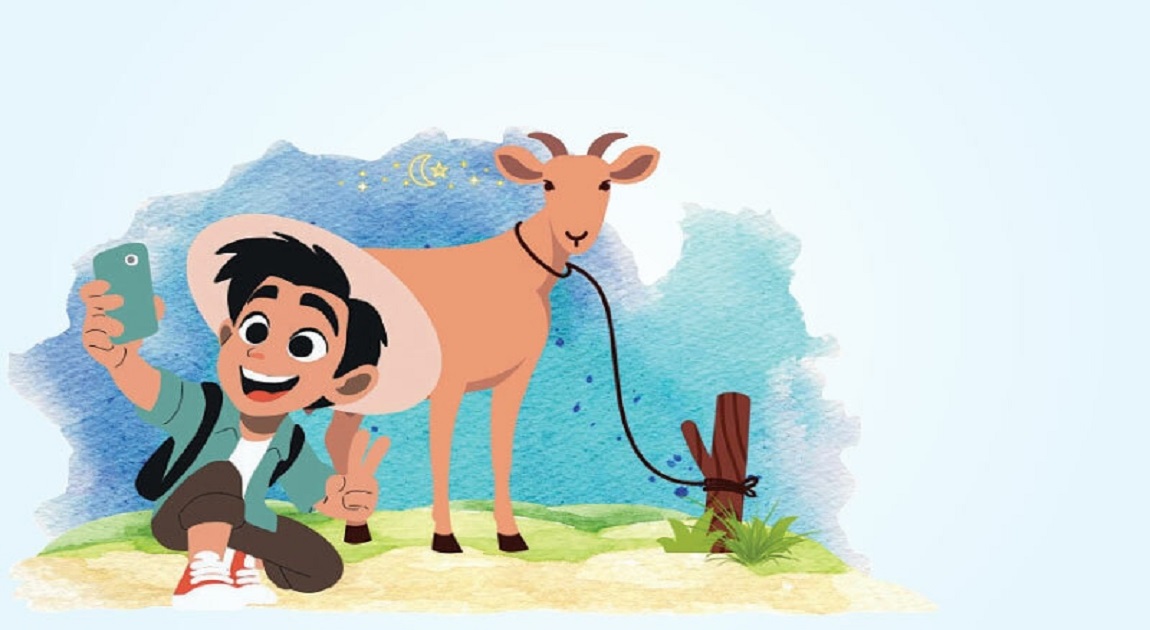

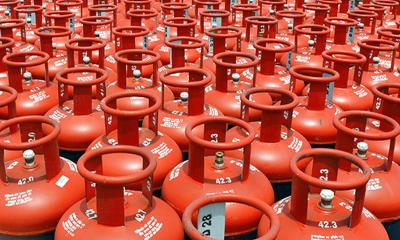
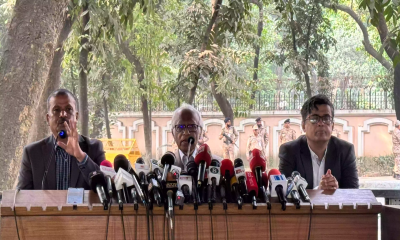
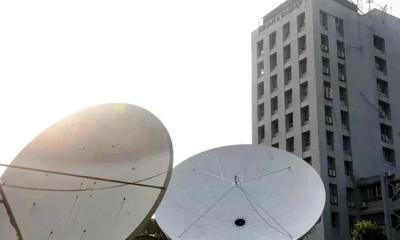
-(25)-20251122062715-20251202031751.jpeg)
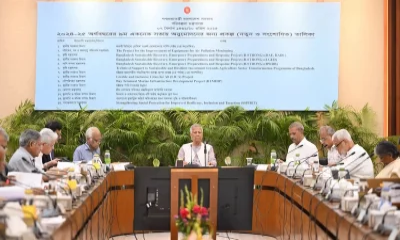


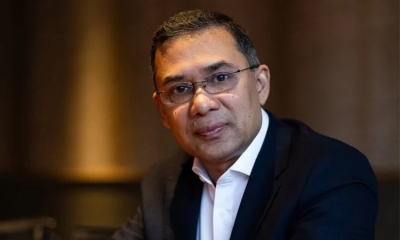
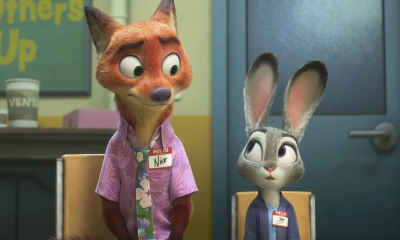

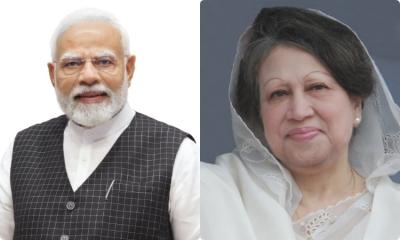



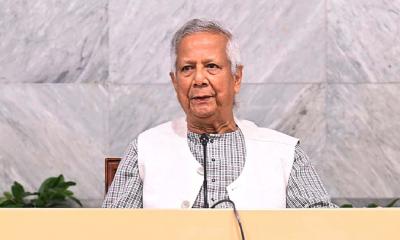
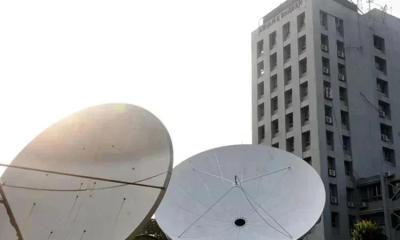
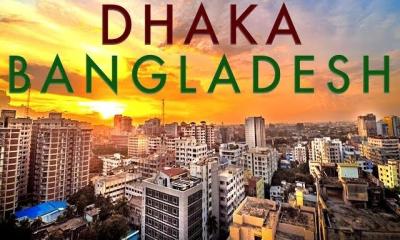
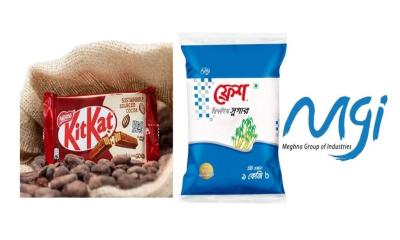

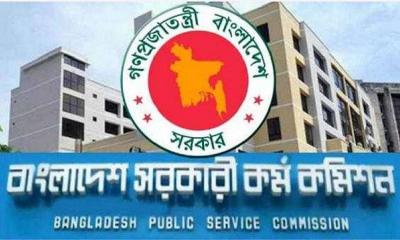

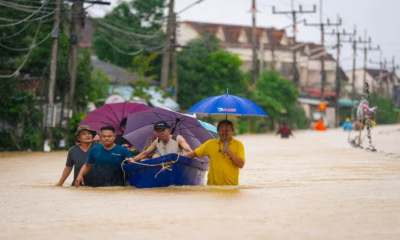



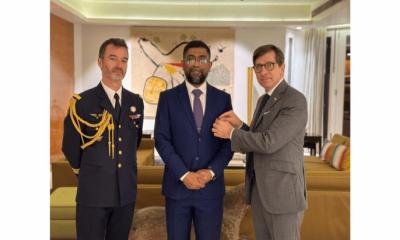
-(31)-20251128083257.jpeg)
